January is traditionally the month when we celebrate veganism, whether that’s being fully vegan or flexibly vegan for just this month or as a dietary lifestyle choice. Whatever you decide, eating more fruit and vegetables will always benefit your health in a whole host of ways.
Clinical Nutritionist Suzie Sawyer shares three ways to bring some colour into your life this Veganuary!
When it comes to a vegan diet, there are so many ways to enjoy the range of foods on offer to make sure you are getting everything you need. And being as colourful as possible in your choices is a sure-fire way to increase your intake of essential nutrients.
Make some colourful soups
From a nutritional perspective, I frequently talk about eating a rainbow diet that contains lots of different colours. The reason being is that the more colours you eat, the more varied your diet will be and the greater number of nutrients your body will be enjoying. This is even more important for vegans who have less choice of foods to eat.
Soups deliver the perfect food choice to fuel the body with plenty of nutrients and antioxidants, which both support the immune system wonderfully.
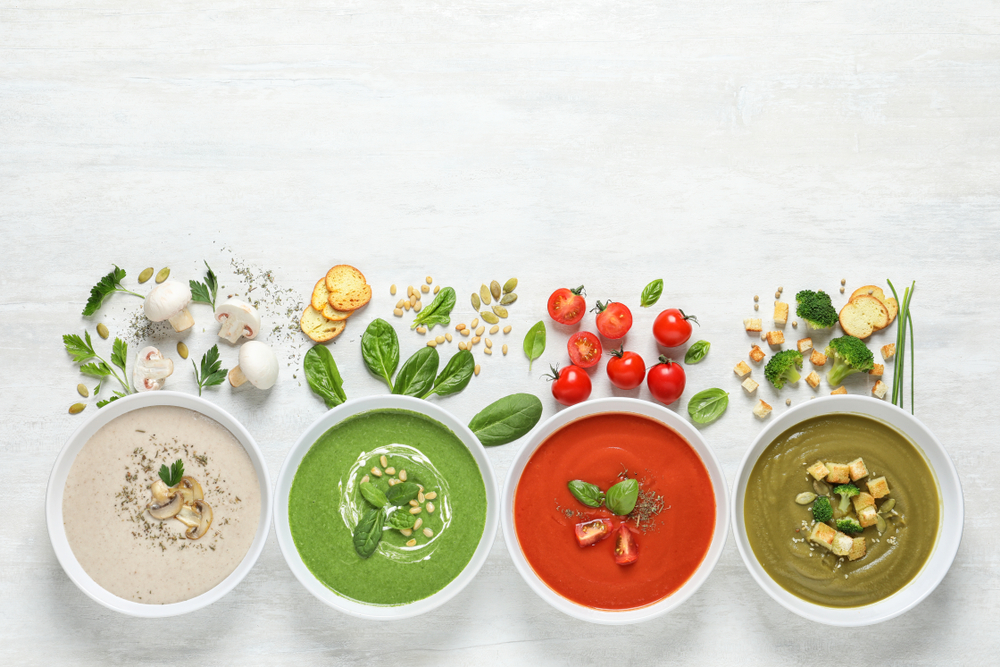
Nature has provided a wealth of energy-dense root vegetables at this time of year, which also make great soups. Think sweet potatoes, butternut squash, carrots, onions, parsnips, turnips, leeks, and garlic. Of course, you can also add other colourful non-root vegetables such as kale, broccoli and cauliflower. And together they’re going to deliver that all important rainbow.
Vegans generally need to be watchful of having sufficient protein intake. So, why not add some lentils, beans, or chickpeas for a really hearty broth
Enjoy colourful protein
We know that one of the challenges for vegans is consuming sufficient quality protein. Protein is an essential macronutrient and is needed for the immune system: it also forms our skeletal frame, is used for growth and repair, hormone production and much more besides.
Animal sources of protein contain all the essential amino acids the body requires, and which can’t be made in the body. However, whilst there are many different sources of vegetable protein, they are either lacking or are low in one or more essential amino acids. This means, it’s important to eat protein from as many varied sources as possible.
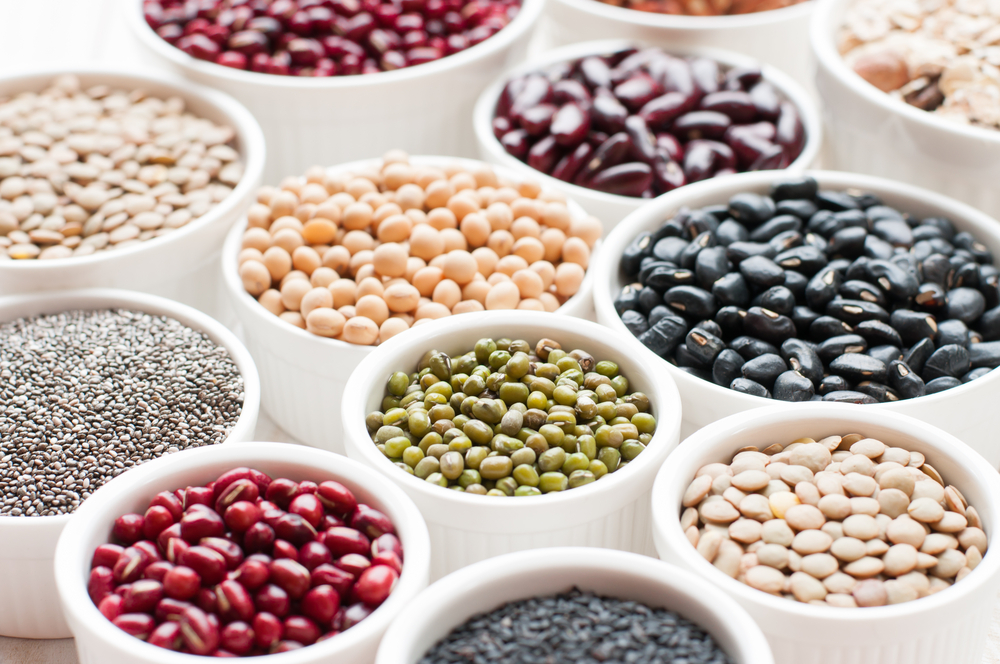
The same rainbow truth applies with foods containing vegetable protein. Think about their different colours and you’ll be getting a wonderful range of nutrients. Colourful beans (red, black, white, green), lentils in different colours, peas, nuts, seeds, buckwheat, tofu, and quinoa. Many colourful vegetables contain small amounts of protein too.
Count the colours on your plate
If you’ve got young children in the family, this is a great way of engaging them in a really healthy and colourful Veganuary. You can have a little competition to see how many colours everyone has on their plate. This means that everyone will be eating a varied diet and hopefully getting all the nutrients the body utilises for optimal wellness.
Interestingly, the body needs 45 different nutrients in any one day, which includes water, so working on the premise that colour equals nutrients, getting everyone on board is going to support the health of the whole family.
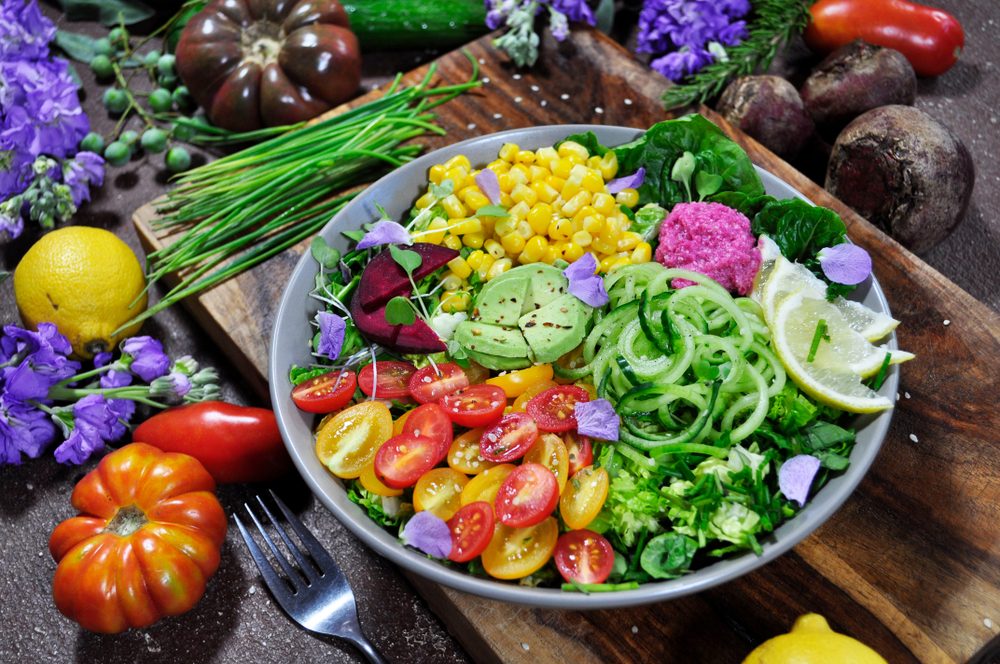
Clearly, a good vegan diet is naturally going to contain plenty of colour because it generally contains lots of fruits and vegetables. However, all essential macronutrients (fats, protein and carbohydrates) are colourful. You’ve only got to think about amazing avocados, nuts and seeds, which contain healthy fats, as just one great example.
Hopefully you will enjoy the healthiest, and colour-rich Veganuary ever!

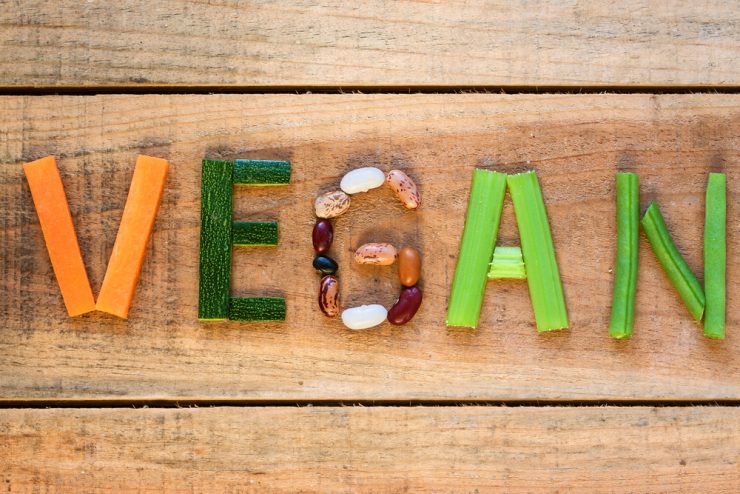

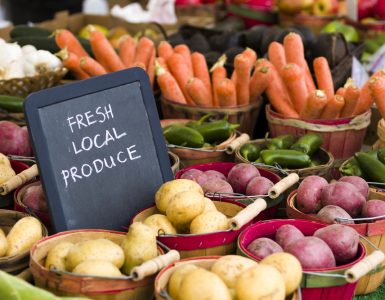


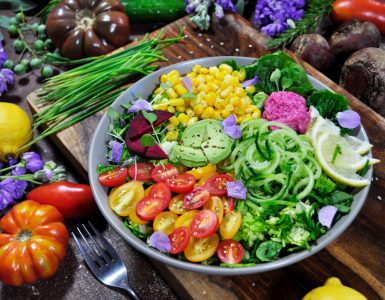

















Add comment